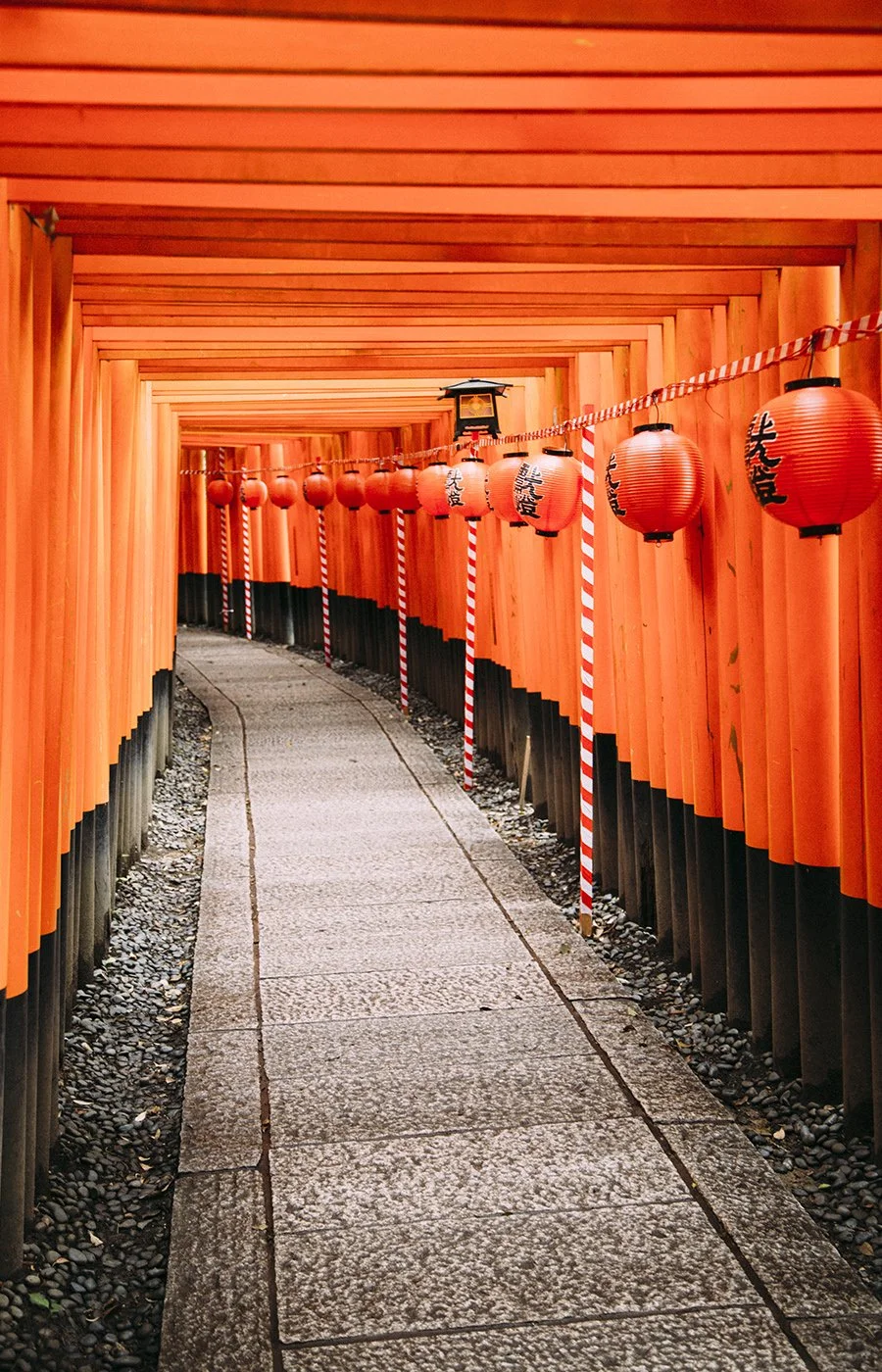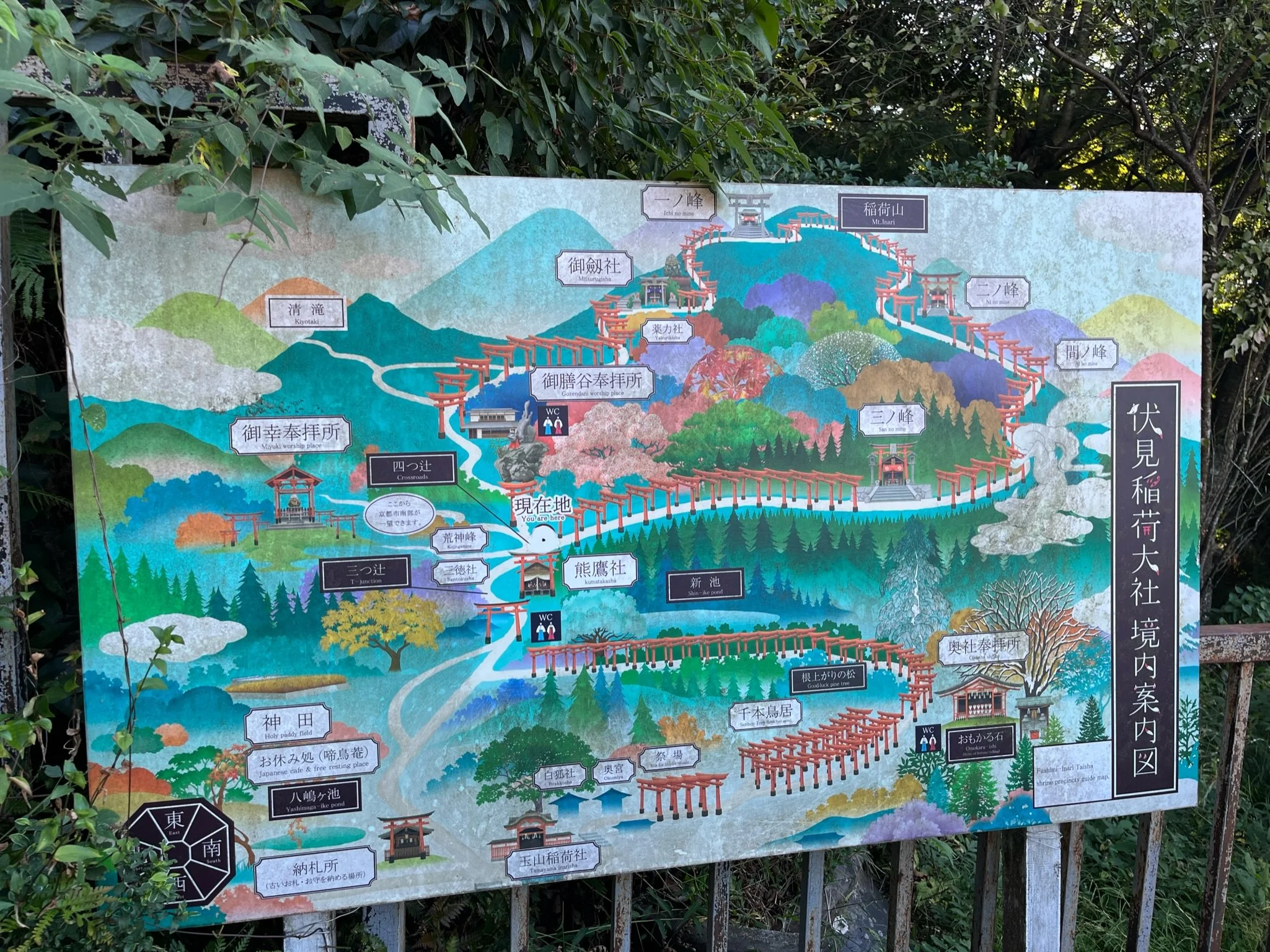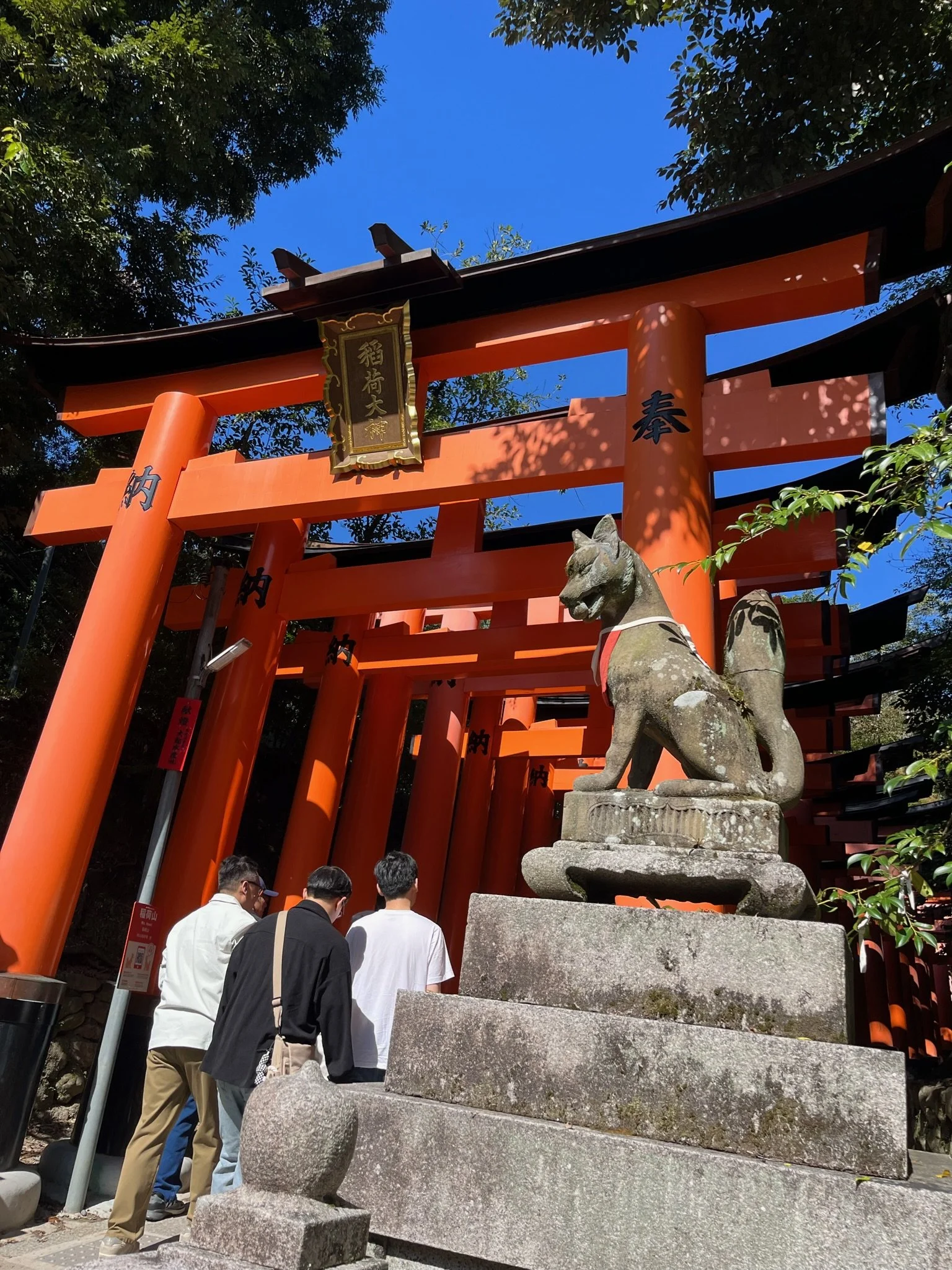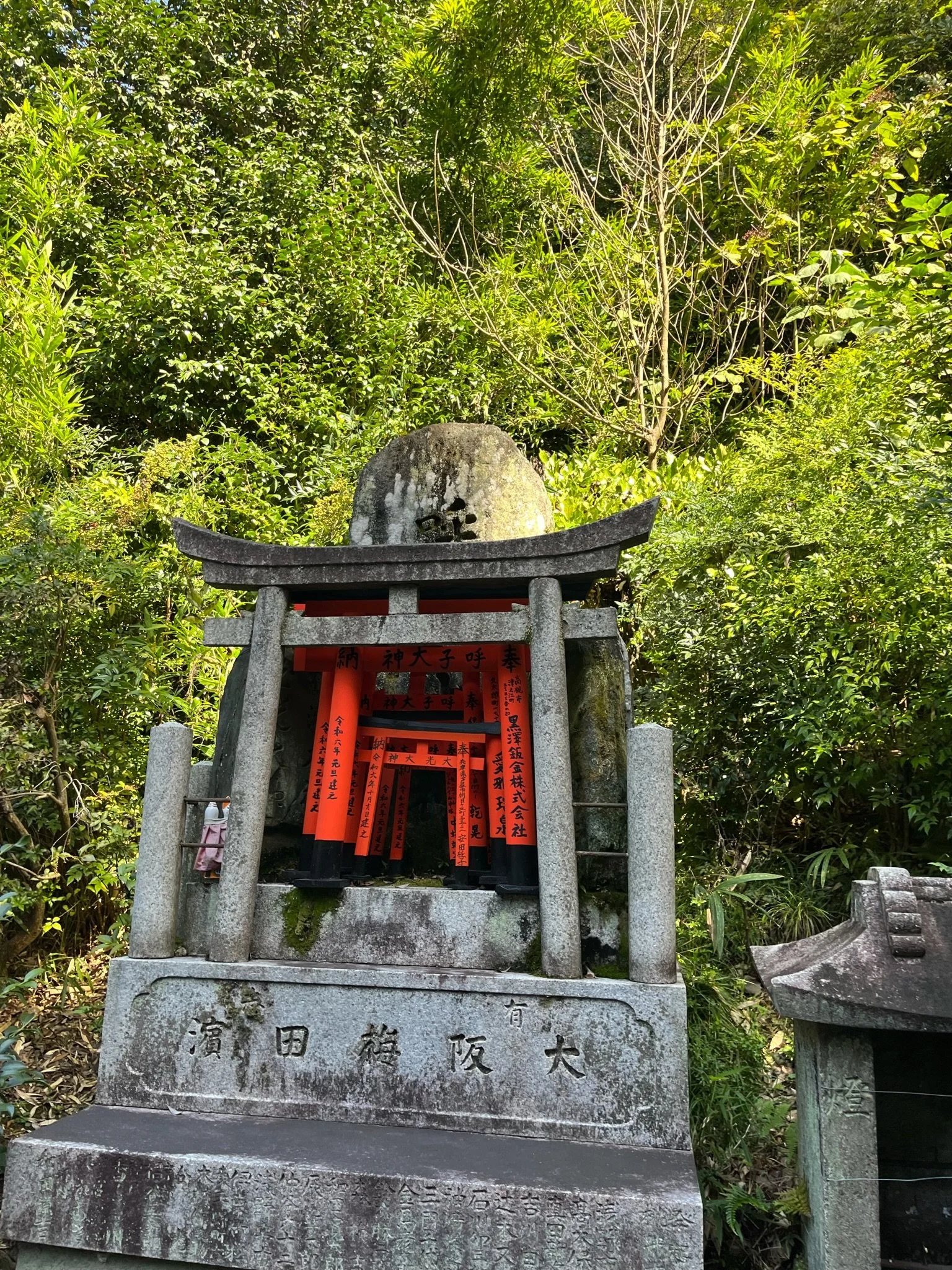Finding Inspiration in Japan: Breaking Barriers, One Step at a Time
This resilient climber at Fushimi Inari embodies the spirit of overcoming barriers. His determination inspires us to think beyond limitations.
Earlier this year, I had the incredible opportunity to visit Japan—a country renowned for its rich culture, breathtaking landscapes, and deep respect for tradition. What struck me most about Japan, however, wasn’t just its beauty but its people’s resilience and the lessons they offer about living a fulfilling life, no matter the challenges.
Japan is home to the largest population of “super-agers” in the world—adults over 80 who not only live longer but also maintain an exceptional quality of life and cognitive function. These individuals embody resilience, adaptability, and a zest for life, showing us that age or ability is no barrier to living fully. Super-agers remind us all of the importance of fostering environments that support barrier-free living, enabling people to thrive at any stage of life.
One of the highlights of my trip was visiting Kyoto and climbing to the famous Torii gates at Fushimi Inari Taisha. The journey involves an ascent of over 10,000 steps—a physically demanding yet profoundly rewarding experience. The vibrant red gates, winding paths, and serene forest setting make this pilgrimage a magnet for travelers from all over the world. But while the climb is a draw for many, it’s also a reminder of how inaccessible some of our most iconic spaces can be.
The iconic red gates of Fushimi Inari create an endless path of beauty and tradition.
As I approached the summit, I encountered someone who turned this climb into an unforgettable moment of inspiration. Standing on crutches, with one leg and a prosthetic, was a man wearing a T-shirt that boldly proclaimed, “I Am Batman.” He was clearly a foreigner—a gaijin like myself—and his determination was evident in every step he took. Despite the grueling ascent, he smiled warmly, offered a thumbs-up, and radiated a quiet yet powerful confidence. This man, to me, was the embodiment of resilience.
For every person who passed him, he wasn’t just climbing—he was making a statement: there is no mountain high enough to get in the way of determination and a positive spirit. His journey reminded me of the principles that drive our mission at Access Built: to create spaces and opportunities for everyone to live barrier-free.
Recommended Read: A Brief Guide to Universal Design For Accessibility
A map of the Fushimi Inari shrine highlights the winding paths and multiple shrines scattered along the climb.
The path is dotted with smaller shrines and statues, each with its own unique charm. One of the more memorable sights is the guardian fox statues that symbolize Inari, the Shinto deity of prosperity. These statues, draped in bright red bibs, stand as protectors of the gates and serve as a reminder of the spiritual significance of this place.
A guardian fox statue at the Torii gates watches over visitors and the sacred paths.
This moment also reinforced the importance of universal design. Imagine if spaces like Fushimi Inari Taisha could be more accessible, allowing people of all abilities to experience its magic. Universal design is about more than meeting a standard; it’s about rethinking how we shape environments to include everyone.
One of the many smaller shrines along the path, offering a moment of reflection for travelers.
Japan’s culture is steeped in mindfulness and empathy—traits that resonate deeply with the work we do at Access Built. From their accessible public transportation systems to their efforts in designing cities for their aging population, Japan demonstrates that creating an inclusive world isn’t just a goal—it’s a responsibility.
As I reflect on this journey, I’m reminded of why Access Built exists. Every person deserves the chance to live fully and comfortably, regardless of age or ability. Whether it’s designing homes that support barrier-free living or advocating for universal design in public spaces, we are committed to removing friction points—those small obstacles that can make life feel like an uphill climb.
To the man who climbed Fushimi Inari with the spirit of Batman: thank you for inspiring me and everyone who crossed your path. Your resilience is a reminder that the right mindset, paired with thoughtful design, can empower us to overcome any obstacle.
Let’s continue to break down barriers and create a world where no mountain is too high to climb. Contact us to get started





